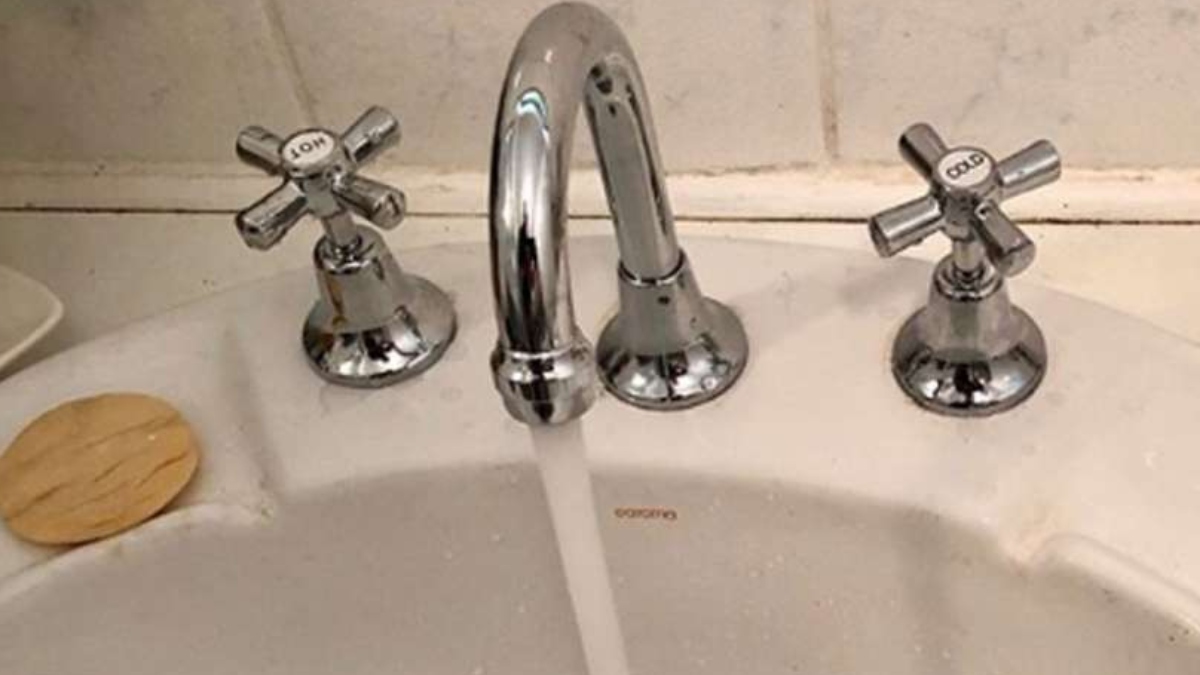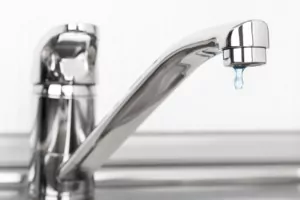They are making a few good pointers related to The Environmental Impact of Leaky Faucets in general in this post followed below.

Intro
A leaking tap might look like a minor nuisance, however its repercussions prolong far beyond the periodic drip. Recognizing the results of a leaking faucet is important for both property owners and the atmosphere. In this post, we'll check out the different impacts of this usual house problem and why addressing it quickly is vital.
Reasons For Leaky Faucets
Leaky taps can arise from a range of factors, consisting of damage, high water pressure, and corrosion. Gradually, the constant use faucets can bring about worn-out seals and gaskets, creating leaks to create. Furthermore, too much water pressure can place stress on plumbing fixtures, bring about leaks. Rust and corrosion can additionally compromise tap parts, making them vulnerable to leakage.
Water Wastage
One of one of the most substantial effects of a leaky faucet is water wastage. Even a little drip can amount to gallons of drainage gradually. This not just drives up water expenses however likewise contributes to water scarcity and environmental degradation. Addressing leaky taps without delay is critical for saving this valuable resource and reducing its impact on the world.
Financial Effect
Along with wasting water, leaky faucets can likewise have a considerable economic effect. Boosted water costs are a direct consequence of water wastefulness, costing property owners thousands of dollars annually. Additionally, the cost of fixing water damages caused by leaks can be considerable, specifically if left neglected for an extended period.
Environmental Effect
The ecological effect of leaking taps expands past water wastefulness. By saving water, house owners can add to wider initiatives to reduce water shortage and safeguard natural communities. Sustainable alternatives such as rain harvesting and water-efficient components can additionally decrease the ecological impact of family water use.
Technological Solutions
Developments in technology have resulted in the advancement of smart taps and water-saving gadgets that help decrease water waste. Smart faucets use sensing units to spot movement and change water flow accordingly, reducing waste without giving up convenience. Water-saving gadgets such as aerators and low-flow showerheads are likewise efficient in saving water without jeopardizing performance.
Worldwide Point of views
While leaky taps might feel like a local concern, they add to more comprehensive international obstacles such as water shortage and climate adjustment. In areas already encountering water stress and anxiety, every decrease counts, making leak avoidance and repair work vital. By adopting water-saving techniques and investing in lasting innovations, homeowners can play their part in resolving these pressing international issues.
Governing Measures
Government laws play an important duty in reducing the effect of dripping taps and promoting water preservation. From constructing codes that need water-efficient components to water-saving motivations and rebates, policymakers have a variety of tools at their disposal. By carrying out and applying these regulations, governments can ensure that property owners prioritize water conservation in their lives.
Community Impact
Addressing leaky taps needs collective efforts at the area degree. By increasing awareness concerning the value of water conservation and giving sources for leak discovery and repair work, neighborhood authorities can equip homeowners to take action. Efforts such as water-saving rebate programs and leak discovery campaigns can incentivize habits change and promote liable water use.
Case Studies
Real-life examples of the effect of dripping taps emphasize the importance of proactive maintenance and timely repair work. From water damage to escalating water expenses, the repercussions of neglecting leaks can be serious. By sharing these case studies, property owners can better understand the value of resolving dripping faucets promptly.
Educational Campaigns
Educational projects play a crucial duty in elevating understanding regarding the effects of dripping taps and promoting water preservation methods. Via workshops, seminars, and online sources, homeowners can find out how to find and repair leakages themselves. By empowering people with knowledge and devices, instructional campaigns can promote a society of responsible water usage within neighborhoods.
Wellness Concerns
Leaky faucets can produce helpful settings for mold and mildew and mildew growth, positioning health and wellness dangers to residents. The presence of mold can intensify breathing issues and allergies, particularly in vulnerable people. In addition, water damages resulting from leaks can endanger the architectural stability of buildings and bring about expensive repair work.
DIY vs. Specialist Repair
When confronted with a leaking tap, house owners frequently debate whether to attempt repairs themselves or employ a professional plumber. While DIY repairs can save cash, they may not always attend to the underlying problem properly. Professional plumbing professionals have the proficiency and tools to identify and take care of leakages appropriately, ensuring long-term services and peace of mind for property owners.
Preventive Measures
Protecting against leaky taps needs normal upkeep and aggressive measures. Simple jobs such as changing damaged washers and seals can avoid leaks from creating. In addition, upgrading to top notch fixtures and reducing water stress can assist lengthen the life expectancy of faucets and decrease the danger of leaks.
Final thought
In conclusion, the results of a leaking tap extend much beyond the periodic drip. From water wastefulness and boosted water costs to health and wellness problems and environmental effect, the effects of disregarding leaks can be considerable. By dealing with leaking faucets without delay and taking on water-saving techniques, house owners can minimize these effects and contribute to a more sustainable future.
Why You Shouldn’t Ignore a Leaky Faucet in Your Home
What Causes a Leaky Faucet?
Various factors can cause a leak, from loose and worn-out parts to corrosion. Your faucet has four essential components from which most plumbing issues will stem: the O-ring, the valve seat, the washer and the gasket.
What Is an O-Ring?
The O-ring is a stem screw that fastens parts of the faucet in place, preventing water from leaking out of the spout. Depending on your faucet type, the stem might have multiple O-rings. Water will drip from the faucet’s handles and base if this part breaks or deteriorates.
What Is a Valve Seat?
The valve seat controls the flow and temperature of the water. Found at the base of the handle, it works as a seal for the faucet’s stem. The valve seat ensures the water is allowed to flow or is blocked as the handles dictate. You’ll know it’s malfunctioning when water leaks from your faucet’s sides.
What Is a Gasket?
The gasket is found between the water inlet and the valve stem. It creates a seal between the faucet and the sink, holding its joints by aerators attached to the stem’s head. Water will trickle out from the base if the gasket isn’t working.
What Is a Washer?
The washer secures the handles and prevents leakage, serving a similar purpose to the O-ring. While the O-ring is ordinarily round and made from an elastic material, such as rubber, the washer is square-shaped and composed of brass, copper and other hard metals. If it malfunctions, corrodes or has been improperly installed, water will leak out of the handles, causing that incessant faucet drip.
Why Is a Leaky Faucet Dangerous?
A leaky faucet left alone for too long can have significant consequences.
Pest Infestations
Since bugs and rodents gravitate towards the scent of water, a leaky faucet will draw pests to your sink. Both are looking for leaks accessible through crawl spaces, which a faucet provides. If you leave water dripping for too long, you run the risk of an infestation.
Rust
If one of the faucet parts has started to corrode, the resulting rust can spread to your pipes and valves with startling speed. The rust might even lead to cracks or other impairments, resulting in more severe plumbing issues.
Your sink could also sustain damage from a leaky faucet. The water in your tap possesses sparse elements of calcium and iron that can stain your sink with repeated and prolonged exposure. Once those elements in the water have been open to the air for some time, your sink will start to rust, creating marks that can be difficult to remove.
https://www.tomsmechanical.com/blog/why-you-shouldnt-ignore-a-leaky-faucet-in-your-home

I came across that blog post on The Environmental Impact of Leaky Faucets while doing a lookup on the internet. Make sure you take a moment to promote this write-up if you enjoyed reading it. Thanks a lot for going through it.